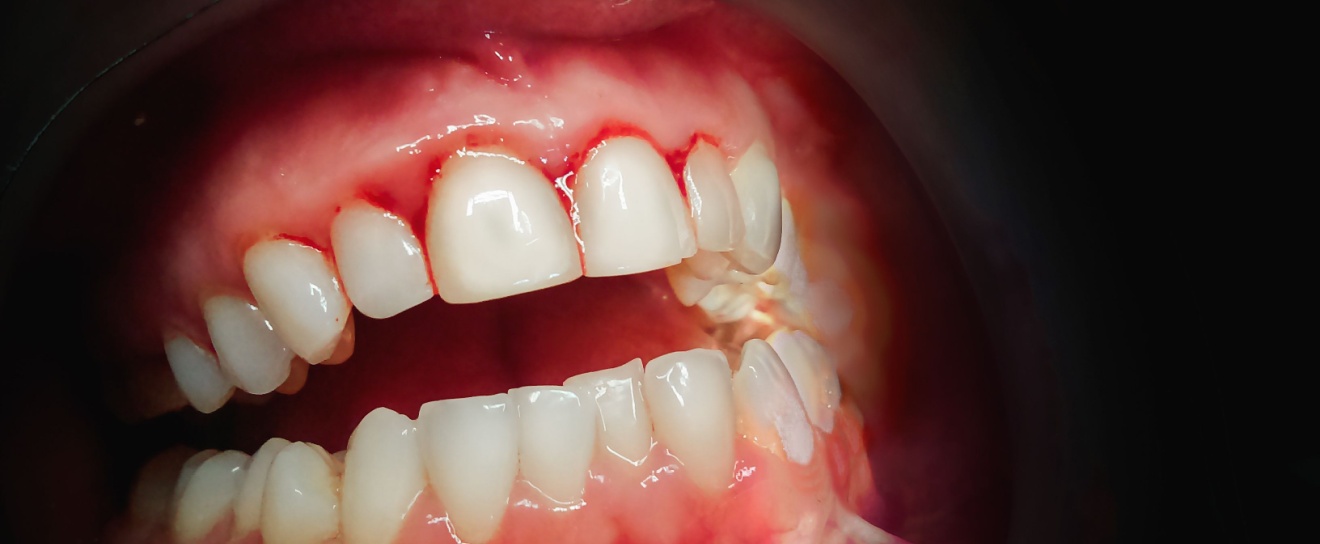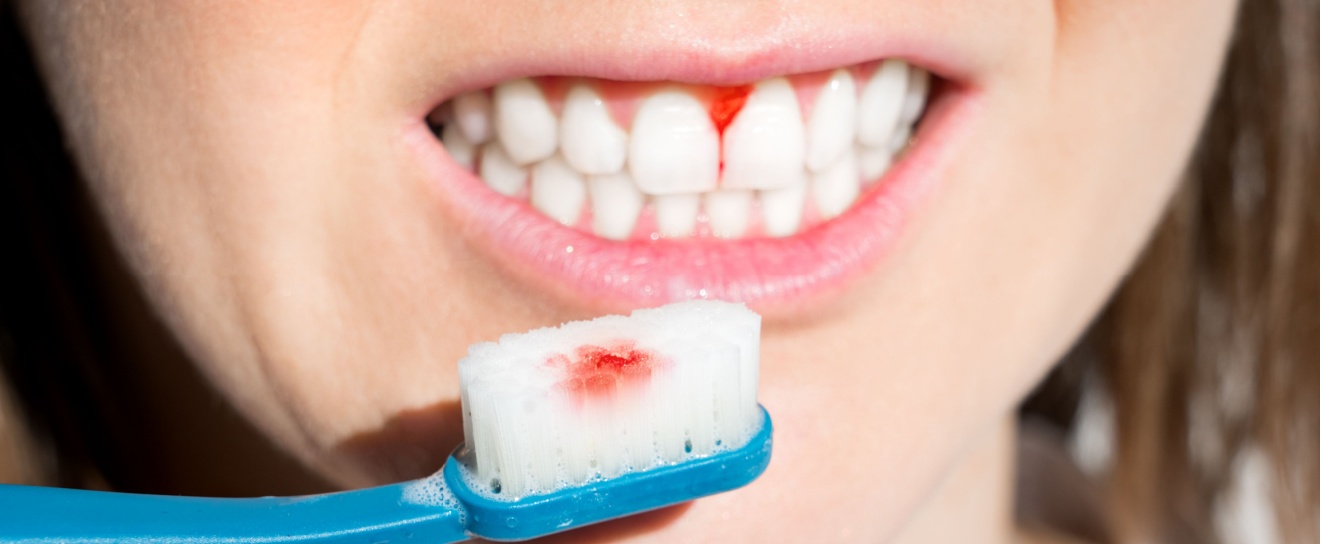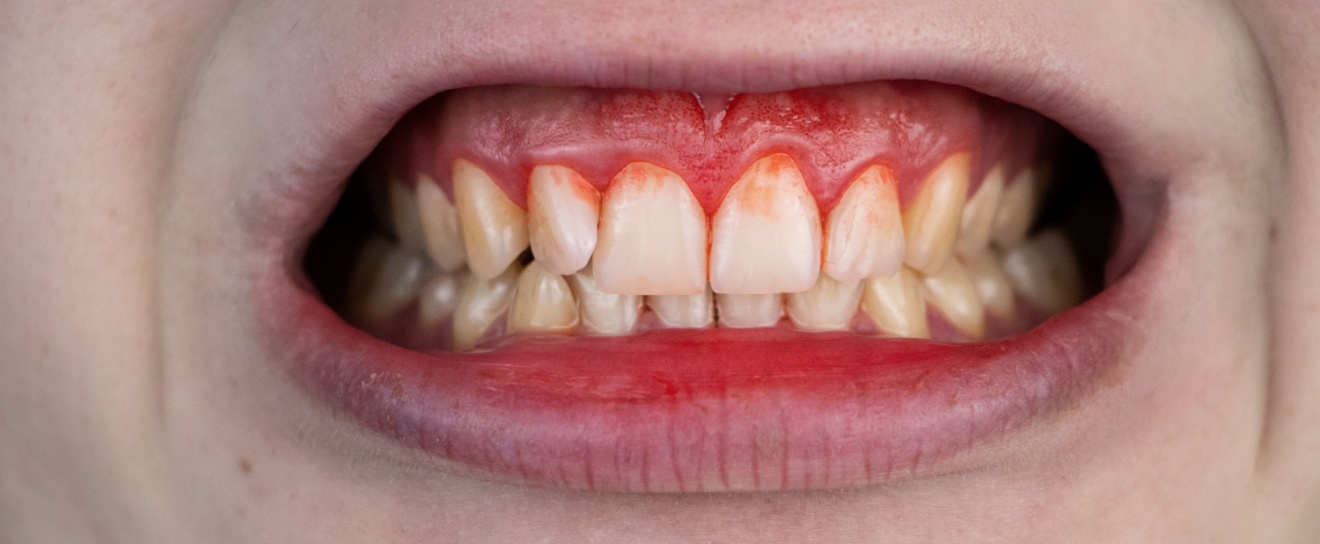Gum disease does not always require the intervention of a dentist. In some situations, it can be successfully treated and reversed at home. The early symptoms of gum disease start out mild and can usually be eliminated with the correct type of changes at home. However, if you allow your gum disease to worsen beyond the early stages, you will need the help of a dentist to stop the progression of the disease and to deal with the side effects. Below you will find tips on how to decide when to treat at home vs. going to the dentist, along with examples of treatment that can be effective for the type of gum disease you have.
When to try in-home treatment for gum disease
The earliest stage of gum disease is called gingivitis. The symptoms of gingivitis start out mild and can include bleeding gums when you brush or floss your teeth, gums that look puffy or swollen, and gums that are red instead of a healthy pink color. Some people also notice a little bit of pain in this early stage of gum disease. You do not need to call your dentist at the first sign of these symptoms. When these symptoms first appear, it is typically because there is something missing in your oral care routine. Your first response to any of these symptoms should be to improve your oral hygiene routine. Start with the basics: brush twice per day and floss once. If you have been skipping out on flossing, that alone can start to cause problems for your gums. If you are already brushing and flossing the recommended number of times, you can add in mouthwash and another flossing session each day. When you catch gum disease early, a few simple changes at home are often enough to eliminate the problem and reverse the side effects.
When to see your dentist for gum disease
If the symptoms of gum disease do not respond to improvements in your oral care routine, then you may need to schedule an appointment with your dentist. Gum disease that continues to progress will eventually go from causing uncomfortable but reversable damage to causing painful and permanent damage. Periodontitis is a severe form of gum disease that can cause your gums to recede and separate from your teeth. The side effects of periodontitis can include serious problems such as infection, pain, and even tooth loss. Interventions for serious gum disease include periodontal surgery, laser gum surgery, scaling, and root planing.
Regular dental cleanings along with a consistent oral hygiene routine are often enough to protect your gums from disease. However, gum disease is a common problem for adults, so it is likely that you will experience one or more symptoms of gingivitis at some point. The key to protecting your gums and teeth from serious damage is to react quickly when you see the first sign of trouble. Improve your oral care routine and keep a close eye out for improvement. If you do not quickly see an improvement in symptoms, then give your dentist a call.



